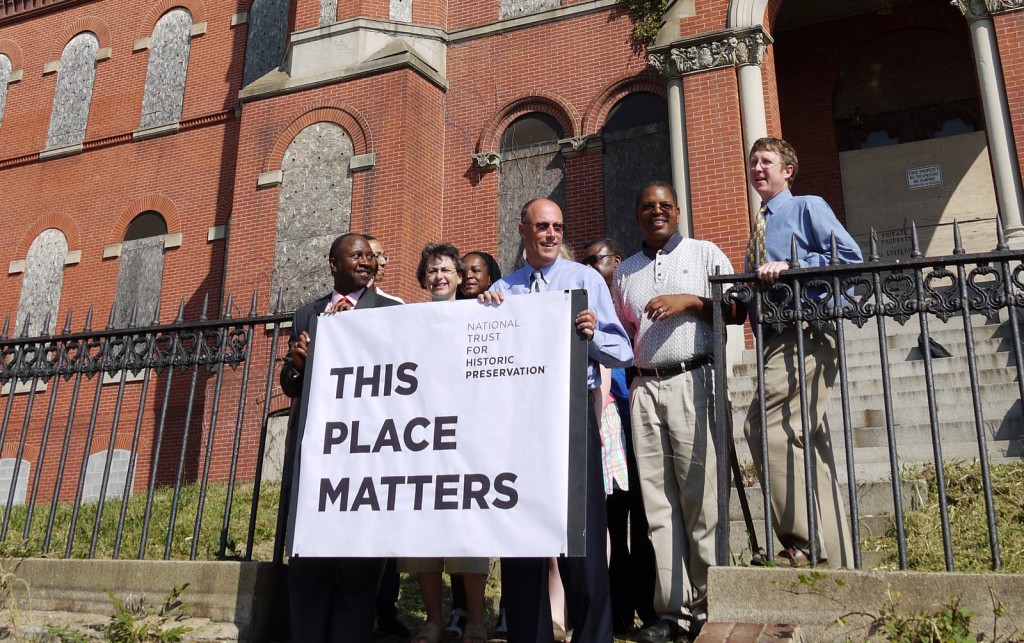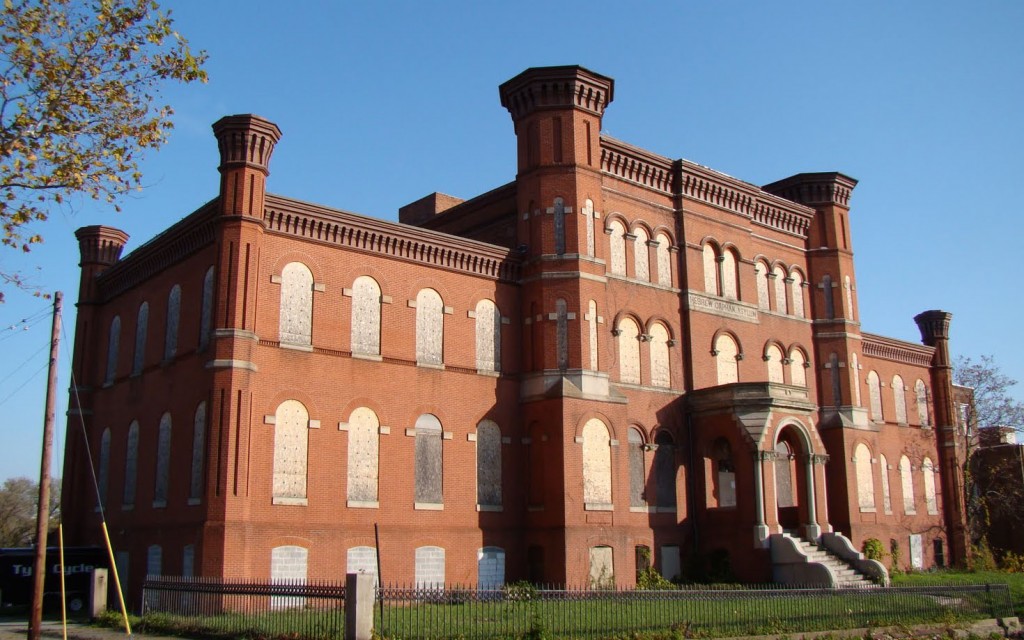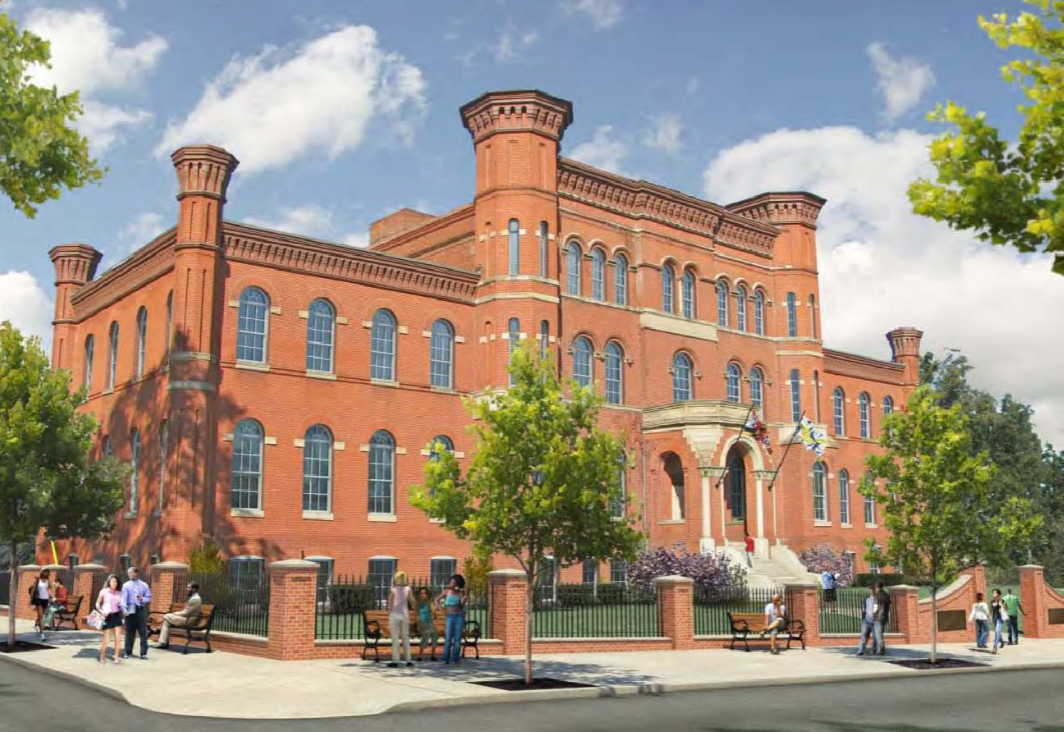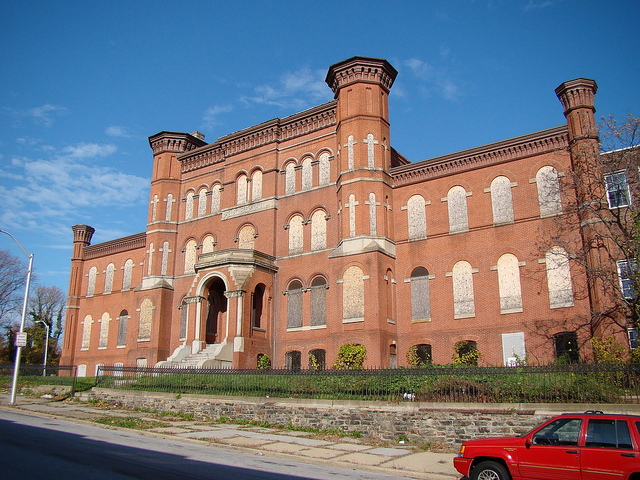We hope you can join us on January 26 at Hampton Mansion. In 1948, the federal government designated this eighteenth century manor a National Historic Site and, in 2017, the building remains one of the highest regarded examples of Georgian architecture in the country. We are thrilled that Ms. Gregory Weidman, the mansion’s head curator, is leading our tour.
Are you interested in our Lexington Market and catacombs tours but frustrated that you have been stuck on a waitlist? Our tour coordinator Marsha Wise is working with the market management to schedule monthly Saturday morning tours into the spring. Look out for an announcement when registration opens!
If you’re curious about what’s going on with archaeology in Baltimore, please join the Archaeology Society of Maryland for a presentation on the Herring Run Archaeology project on January 20.
Finally, we could not be more pleased to share the news that one of our longest running preservation priorities, Baltimore’s Hebrew Orphan Asylum, took a big step towards a better future. The Maryland Department of Housing and Community Development recently awarded the Coppin Heights Community Development Corporation a grant to purchase the building from the University of Maryland University System. We plan to keep you updated as we continue to work to restore this fantastic building as an asset to the Greater Rosemont community.





